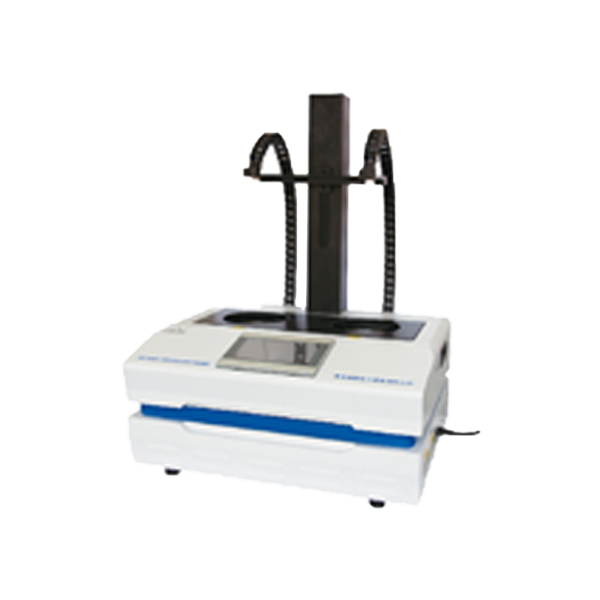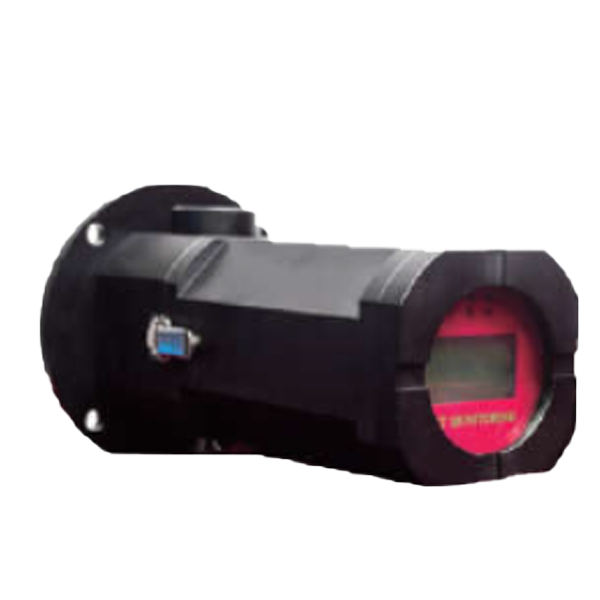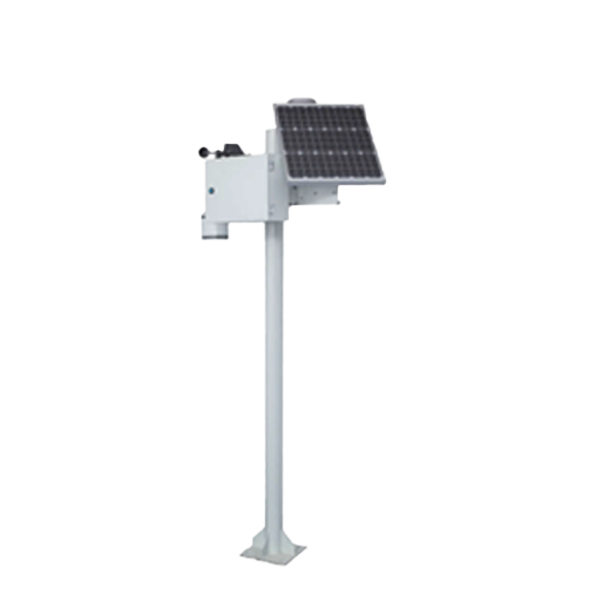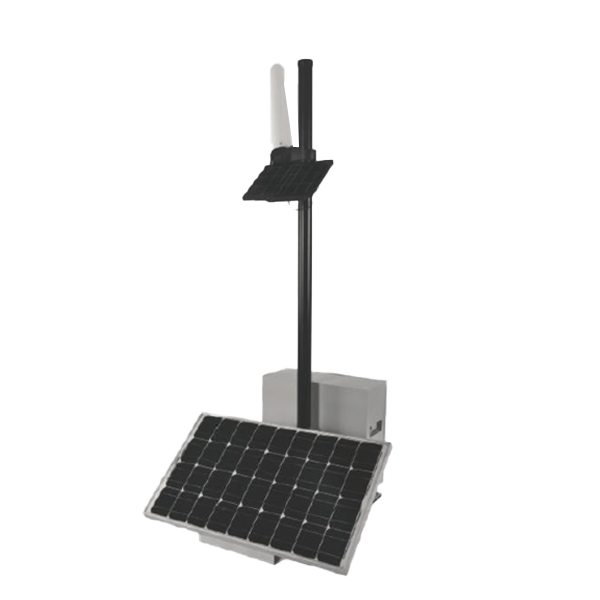hotline:020-29026320 |13903018415
-
-

Radiation detection instrumentation
-
HYGP-2223 exposure type X, γ radiation measuring instrument
-
HYGP-2223BX, gamma dose rate meter (with tripod)
-
FI-329M intelligent household nuclear radiation detector
-
HY-2000M digital multi-channel gamma spectrometer
显示更多 -
-

Laboratory Equipment
-
Radioactive distillation apparatus in water
-
2200Q portable turbidity meter
-
SPE Solid Phase Extraction Device
-
Portable spectrophotometer
显示更多 -
-

Portable environmental monitoring equipment
-
VOCs gas analyzer
-
Portable handheld VOC detector
-
Portable all-in-one multi-parameter analyzer
-
Dust detector
显示更多 -
-

Environmental online monitoring system
-
CM-WG8200 grid air quality detection system
-
On-line monitoring system for CM-VOCs-5000 volatile organic compounds
显示更多 -
-

UAV Online Environmental Monitoring
-
OS-2 UAV Electromagnetic Environment Monitoring System
-
Nuclear emergency radioactive source search UAV
-
UAV Monitoring System
显示更多 -
-

On-line Monitoring System of Electromagnetic Radiation
-
On-line Monitoring System of Electromagnetic Radiation
-
Automatic Monitoring System of HYEH460 Electromagnetic Radiation
-
HY-900A launch type radiation environment automatic monitoring station
-
OS-8 S Frequency Selective Electromagnetic Environment Online Monitoring System
显示更多 -
-
Navigating the Future of Radiation Detection Instrumentation
2025-06-22
Understanding Radiation Detection Instrumentation
When we think about safety in industries dealing with radioactive materials, the first thing that pops into our minds is radiation detection instrumentation. But what exactly does that entail? Simply put, it encompasses the tools and technologies used to detect and measure radiation levels. It’s a crucial aspect in fields like nuclear energy, medical imaging, and even space exploration!
Why Is It So Important?
Imagine a world where radiation is left unchecked. Yikes! The potential risks can be downright scary. That’s why radiation detection instrumentation is a game-changer. It ensures that radiation levels are monitored, helping to protect both workers and the environment. From ensuring compliance with safety regulations to preventing accidents, these instruments are vital.
Recent Innovations in the Field
Hold onto your hats, folks! The radiation detection instrumentation sector is experiencing a tech revolution. Here are some of the coolest advancements:
- Smart Sensors: These nifty devices use artificial intelligence and machine learning algorithms to detect radiation levels with incredible accuracy. Talk about futuristic!
- Mobile Apps: Yes, you heard that right! Some companies are developing mobile applications that allow users to monitor radiation levels in real-time. Now that’s convenience at your fingertips!
- Integration with IoT: The Internet of Things (IoT) is making waves in many industries, and radiation detection is no exception. Integrating these instruments with IoT platforms allows for remote monitoring and alerts, making it easier to respond to dangerous situations.
Challenges and Solutions
Of course, it’s not all rainbows and sunshine. The radiation detection field faces its fair share of challenges. For starters, the accuracy of measurements can be affected by environmental factors. But fear not! Innovations like advanced calibration techniques and improved materials are helping to mitigate these issues.
Additionally, the cost of high-end radiation detection instrumentation can be a barrier for smaller organizations. However, with the rise of more affordable options and government grants available, there's hope for broader accessibility.
The Role of Regulatory Bodies
Let’s not forget the important role regulatory bodies play in the radiation detection landscape. Organizations like the Nuclear Regulatory Commission (NRC) and the Environmental Protection Agency (EPA) set standards and guidelines that help shape the development and use of these instruments. Their oversight ensures that safety remains a top priority.
Future Prospects
So, what’s on the horizon for radiation detection instrumentation? The future looks bright! With ongoing research and development, we can expect even more sophisticated tools that not only detect radiation but also analyze and predict dangerous trends. It’s like having a crystal ball for safety!
Moreover, as industries become more aware of the importance of radiation monitoring, the demand for these instruments will likely surge. This is great news for manufacturers and innovators in the field!
Conclusion
In a nutshell, radiation detection instrumentation is a critical component of safety in various industries. With recent advancements and a push for greater accessibility, the future is looking up! As we continue to innovate, one thing is for sure: safety never goes out of style.
Previous Page:

COOKIES
Our website uses cookies and similar technologies to personalize the advertising shown to you and to help you get the best experience on our website. For more information, see our Privacy & Cookie Policy
COOKIES
Our website uses cookies and similar technologies to personalize the advertising shown to you and to help you get the best experience on our website. For more information, see our Privacy & Cookie Policy
These cookies are necessary for basic functions such as payment. Standard cookies cannot be turned off and do not store any of your information.
These cookies collect information, such as how many people are using our site or which pages are popular, to help us improve the customer experience. Turning these cookies off will mean we can't collect information to improve your experience.
These cookies enable the website to provide enhanced functionality and personalization. They may be set by us or by third-party providers whose services we have added to our pages. If you do not allow these cookies, some or all of these services may not function properly.
These cookies help us understand what you are interested in so that we can show you relevant advertising on other websites. Turning these cookies off will mean we are unable to show you any personalized advertising.
online message
Telephone:13903018415(Manager Wang)
Business: 020-29026320
E-mail:wangxueli@haiyoukj.com
Address: Room 703, Tian 'an Innovation Building, Panyu Energy Saving Science Park, 555 Panyu Avenue North, Donghuan Street, Panyu District, Guangzhou

Sweep code attention

